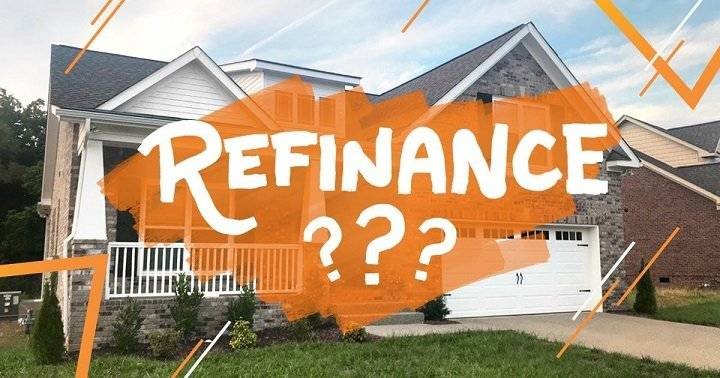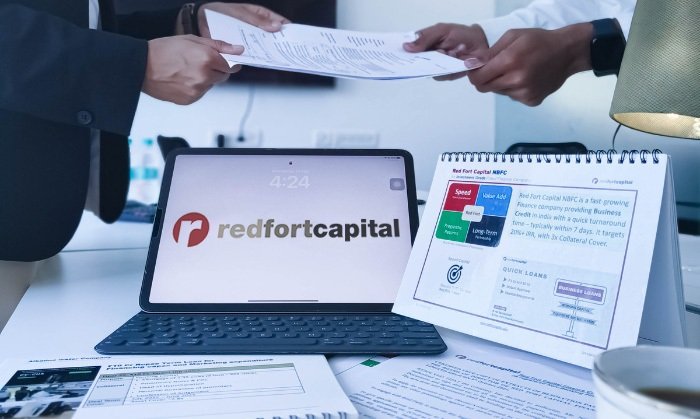
Most people refinance their current mortgage to obtain lower interest rates, ultimately reducing the amount they spend throughout the loan’s life. Of course, the decision depends on your specific preferences and financial situation.
It’s crucial to look beyond the current situation and consider the long-term implications of your decision. By understanding the financial ramifications, you can take control of your mortgage journey and make the best decision for your future.
Before you decide whether refinancing is a good idea, you should understand the idea of home equity. We are talking about the amount you paid when you took the mortgage. You will need at least twenty percent equity to qualify for a loan.
Your credit score and debt-to-income ratio are significant factors when considering refinancing. A credit score of at least 750 is generally preferred, and a lower debt-to-income ratio is more favorable.
Additionally, consider the terms, refinancing expenses, rates, and the potential for private mortgage insurance. These factors collectively determine whether it’s the right time to get a loan. In further article, we will explore things you should consider before refinancing a mortgage you are currently paying.
1. Home’s Equity
One of the most critical factors in deciding whether to refinance is your home’s equity. If your house is currently valued less than when you took out your mortgage, you’ve entered a state of negative equity. In this situation, it’s generally advisable to hold off on refinancing until the market improves and your home’s value increases.
However, the previous year, homeowners with mortgages had exceptional luck because their equity increased by seven percent. This means your home is probably more expensive to buy now than five years ago, meaning you can take advantage of that knowledge.
The average gain per borrower was higher than ten thousand dollars. At the same time, the lack of negative equity created a perfect situation for refinancing homes. Remember that refinancing without equity is not possible with relevant lenders. Still, you can find government-based programs to help you throughout the process.
Visit a lender and check out whether you qualify for a specific program. Besides, you can calculate the equity by determining the percentage you paid from the entire amount you took plus interests, combined with the current value of your household.
If it exceeds twenty percent, you can take advantage of that increase to take cash-out refinance and renovate the household while getting a tax rebate.
2. Credit Score
The main idea is to learn more about your current credit score. Of course, everything depends on whether you paid everything on time, significantly since numerous lenders have tightened their approval standards. Some people may find it interesting that even with high credit scores, they cannot qualify for lower interest rates due to other factors.
It would be best to learn more about refinancing definitions or definisjon by checking a shared link. The best-case scenario is having 750 points or higher, which will help you reach the desired interest rate decrease. Remember that getting a one percent lower interest rate can help you save thousands of dollars throughout the loan’s life.
On the other hand, if you have a low credit score, you can still get a loan, but it will feature higher interest rates, meaning it will be obsolete and useless.
3. Debt-to-Income Ratio
For instance, if you have a mortgage loan, you may think qualifying for and getting a new one is simple. However, it would be best to consider DTI, or debt-to-income ratio, in addition to credit score and equity.
Although a few factors, such as a long and stable job history, high income, and savings, can help you qualify for a loan, the ratio should be below twenty-eight percent.
Having the lowest DTI ratio possible is essential. You should avoid using too many credit cards and try to repay all your debts before applying. That will increase your chances of getting the best terms and rates. As a result, you should pay off some debt before refinancing.
4. Additional Expenses
You should know that refinancing a mortgage costs between three and six percent of the overall loan amount. At the same time, borrowers can find a wide array of options to reduce their expenses or roll them inside a loan, but then they will get a higher amount than they took in the first place.
The main idea is to ensure that you have enough equity, which will allow you to roll costs into a new loan. However, the principal should still be higher than twenty percent of equity. When you find an ad where a lender states that a refinance comes with no costs, it indicates that you will pay higher interest rates to handle each step along the way.
5. Term vs Rates
You probably know that numerous borrowers focus on interest rates as the most critical factor when deciding whether to refinance. However, you should establish long-term goals to help you choose the best mortgage product based on your preferences.
For instance, if your goal is to reduce your monthly payment as much as possible, the best course of action is to choose a loan with the lowest interest rates for the most extended term. On the other hand, if you wish to pay lower interest throughout the loan’s length, you should choose the shortest term, ultimately reducing your interest rates.
As a result, you will repay the entire amount you owe faster, meaning you will become the sole owner of your household. Still, the monthly installments may significantly increase when you decide to reduce the term, which is an important consideration. We recommend you check out various online calculators that will help you determine the best course of action.
6. Breakeven
Before you refinance a current mortgage, consider the time it will take to reach a breakeven point. We are discussing how you will cover the refinancing expenses with monthly savings. After you reach that point, the savings you make each month will stay on your side.
Therefore, if you must pay a thousand dollars, you can save a hundred each month. It means you will need twenty months to return the money you spent. As a result, if your goal is to move in the next ten months, we recommend avoiding refinancing because you will only lose money without receiving anything.
7. Private Mortgage Insurance (PMI)
It is vital to remember that if you take a mortgage without putting twenty percent as a down payment, you will end up with PMI or private mortgage insurance. Suppose you are currently paying PMI each month until you reach twenty percent.
In that case, you can refinance, especially if the home’s value increases, which will help you remove PMI and reduce the expenses. Calculating whether you can remove PMI when you decide to refinance for a mortgage would be best.
The reduced payments will help you ensure the best action while avoiding additional expenses. A lender will calculate the amount you must handle. They will not allow you to borrow against the equity, meaning you must leave twenty percent within the household unless you choose to get the government-backed option.
8. Taxes
Back then, people who decided to take a mortgage received interest deductions on federal income tax bills. Therefore, the deduction will be reduced if you refinance and pay lower interest.
Still, some people decide it is the right idea to obtain lower interest because the percentage will drop the amount they must pay over the loan’s life. When you enter here, you will understand the importance of refinancing and whether it will work for your specific needs. It is as simple as that.
Of course, the deduction may be higher during the first few years of a loan since a higher portion of the monthly installment will go towards repaying interest instead of the principal if you decide to roll over closing costs, which will increase the size of your loan, that will directly affect the amount you must pay throughout the process.
According to TCJA or the Tax Cuts and Jobs Act, the highest deduction for married couples is twenty-seven thousand dollars, two times higher than back in the day. The limit for interest deduction is $750,000 for homes you purchased after 2018. Therefore, you should talk with a tax consultant to get relevant information.
For instance, when you take a cash-out refinance, meaning you will get a higher amount than you owe based on your home’s market worth, you will get a lump sum you can spend on almost anything, like a personal loan. However, use that cash for home renovations. You will get rebates on interest rates, which is essential to remember.
Benefits of Mortgage Refinancing
Reduce Interest Rate
When you decide to make mortgage payments, you will pay against the interest and principal a lender will charge you over the loan’s length. The lower your interest rate, the less you will pay.
Therefore, you will spare a higher percentage of monthly installment towards the principal, meaning you will have a lower monthly installment or repay everything faster. If you repay everything faster, you will get the best course of action and easily handle daily expenses. Still, fast repayment will directly affect the monthly expenses.
Still, when you get lower interest rates, you can rest assured and significantly reduce overall expenses. For instance, a slight reduction will directly drop the overall amount. Before deciding anything, calculate the risk, determine the amount you must spend to get a new loan, and determine whether it works for you. It is as simple as that.
Read More: Gateway To Your Instagram Fast Follow ,Likes, Followers, Views






